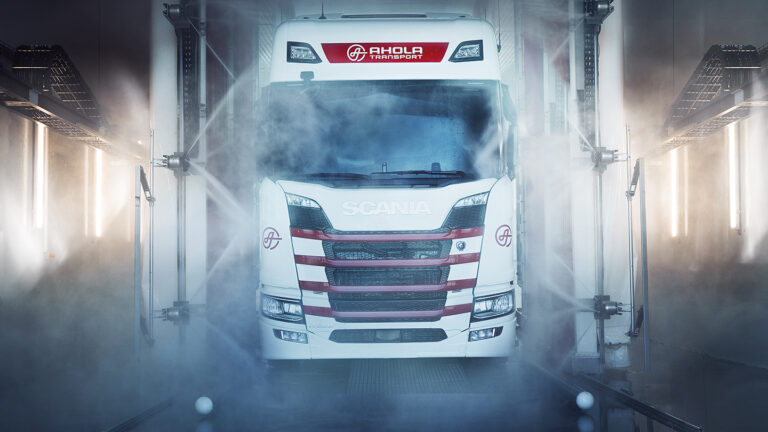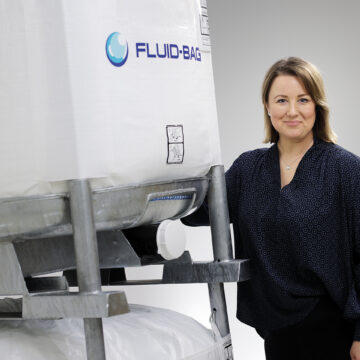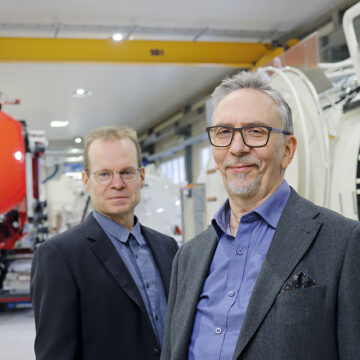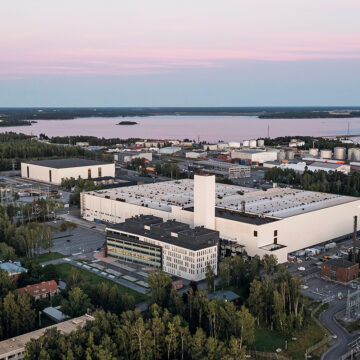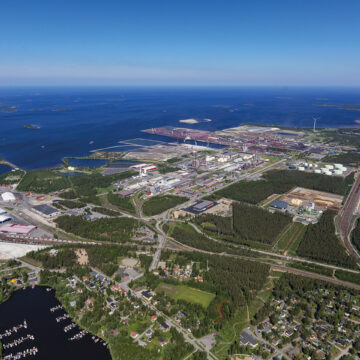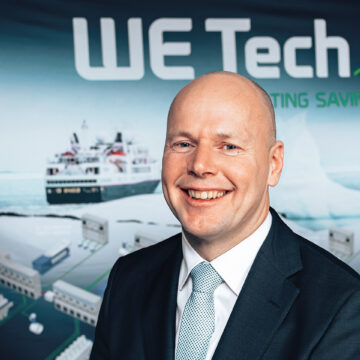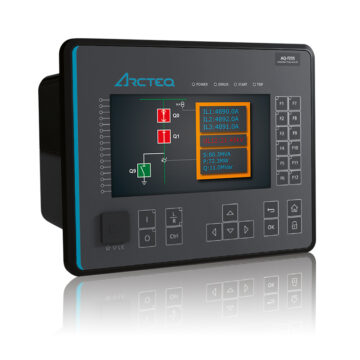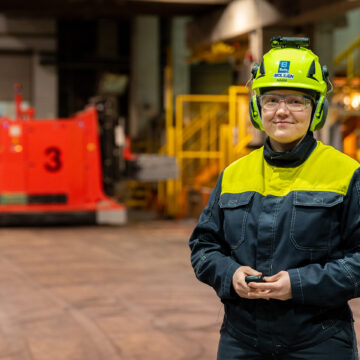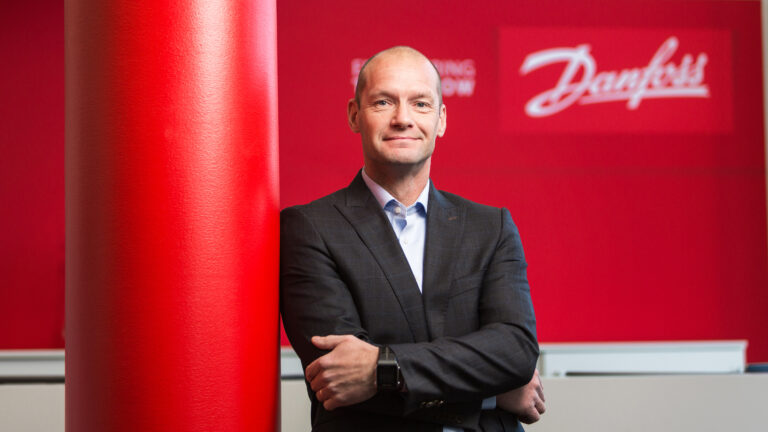
Digital journey
The industrial conglomerate Danfoss has the ambitious aim of being a leading pioneer in digital transformation. The company has long utilised digitalisation in its activities and started its own journey towards digital transformation several years ago. Its ambitions increased significantly, however, after plans to utilise digitalisation were agreed in the company’s 2016 General Management Meeting in Munich.
“At the meeting, far-reaching policies were adopted on how the company will utilise the opportunities created by digitalisation in an optimal way. We specified four focal areas: improving the digital customer experience, developing connected products and services, accelerating speed in innovation, and developing a common Enterprise Resource Planning system,” says Timo Kasi, Vice President at Danfoss Drives, R&D in Finland.
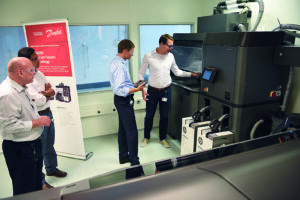
into its digital transformation with the opening of the first of three new global centers for 3D printing technology in Denmark.
There are many sites where the Danfoss digital transformation is already working in practice. Timo Kasi has a strong background in product development, and utilising digitalisation in product development at Danfoss is something he’s passionate about. He mentions that the changes have often been quite small, but the overall benefit gained from them has been significant.
“As an example, the strong introduction of 3D printers in all of our product development units has led to a considerable acceleration of the product development cycle,” says Kasi. In addition, Danfoss has opened the first of three new global centers for 3D printing technology in Europe, with North America and Asia to follow. These centers are equipped with leading 3D printing technologies and offer internal access to a range of 3D technologies not available at the BU’s.
According to Kasi, digitalisation enables Danfoss’s business to strongly develop in the direction of services.
“I see a huge potential. Smart connected products and services are becoming more and more common, and more than before we are looking at how we can utilise intelligence as a part of products, and also in creating future digital services to our customers,” says Kasi.
The people at Danfoss also strive to maximise the benefits of digitalisation with new approaches, an example of which is the Innovation and Incubation Hub set up in Berlin.
“It functions like a start-up. Staff from different offices come together to brainstorm new solutions, and within a short time-frame, the best ideas are chosen for further development,” says Kasi. One example of an idea that has gone on to further development phases recently is the idea of combining the power management of electric and hydraulic systems in a way that increases safety and reduces energy consumption.

